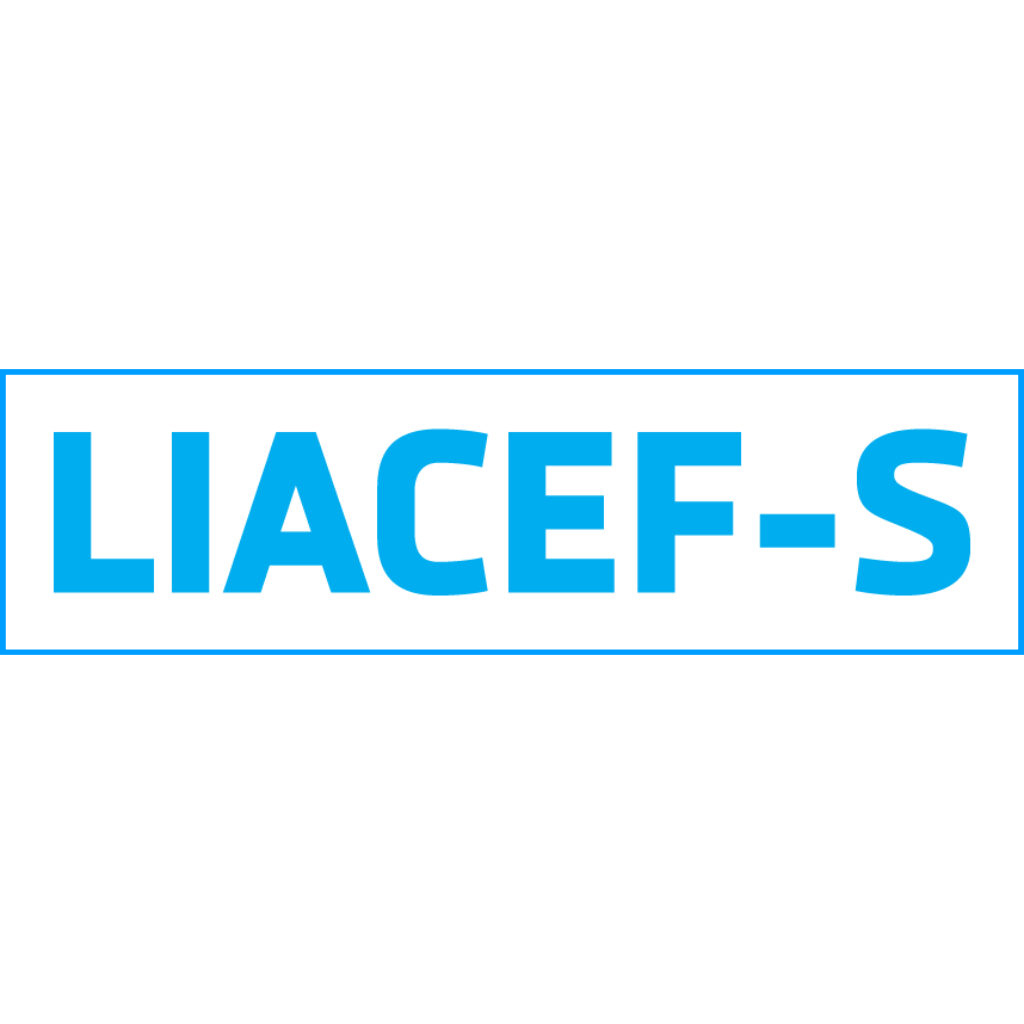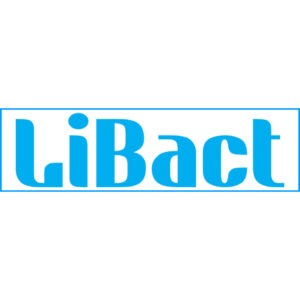Description
MECHANISM OF ACTION
Third generation cephalosporin with broad spectrum gram – ve activity has lower efficacy against gram positive organisms but higher efficacy against resistant organisms; highly stable in presence of B-lactamases (penicillinase and cephalosporinase) of gram –ve and gram +ve bacteria.
Bactericidal activity results from inhibiting cell wall synthesis by binding to 1 or more penicillin binding proteins; exerts antimicrobial effect by interfering with synthesis of peptidoglycan (major structural component of bacterial cell wall); bacteria eventually lyse because activity of cell wall autolytic enzymes continues while cell wall assembly is arrested.
Sulbactam is a β-lactamase inhibitor. This drug is given in combination with β-lactam antibiotics to inhibit β-lactamase, an enzyme produced by bacteria that destroys the antibiotics. Sulbactam is an irreversible inhibitor of β-lactamase; it binds to the enzyme and does not allow it to degrade the antibiotic.
This is used in the treatment of infections of skin and skin structures, respiratory tract, urinary tract, gynaecological infections including gonorrhoea, intraabdominal infections, and septicaemia caused by susceptible microorganisms.
INDICATIONS
For the treatment of the infections (respiratory, skin, soft tissue, UTI, ENT) caused by S. pneumoniae, H. influenzae, staphylococci, S. pyogenes (group A beta-hemolytic streptococci), E. coli, P. mirabilis, Klebsiella sp, coagulase-negative staph.
This should be administered strictly with the prescription and advise of medical practitioners only.




